The Black Dahlia
The Elizabeth Short Murder Mystery
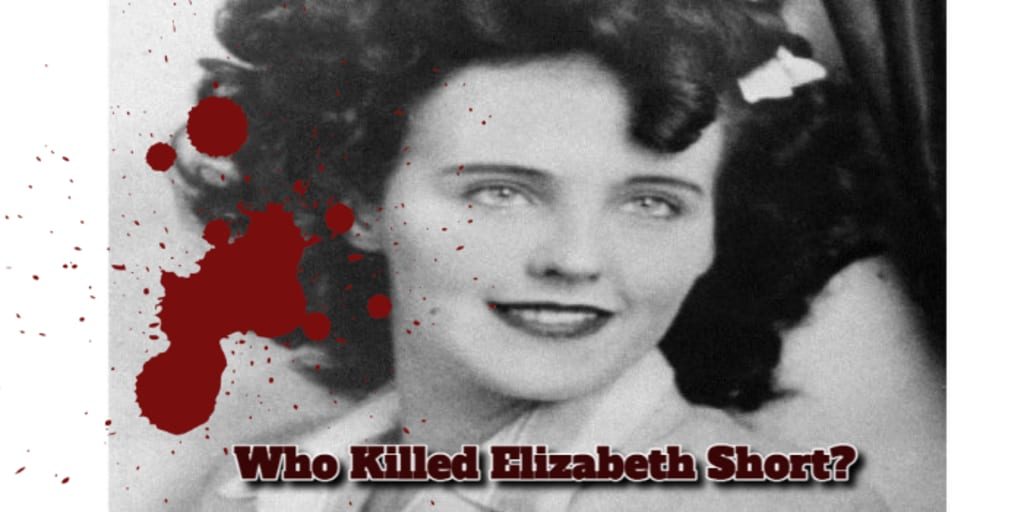
For years I have been fascinated with The Black Dahlia. I have eagerly watched every documentary and read every story about Elizabeth Short that I could find.
Yes, of course, I love a good scary story but this mystery touches me on a personal level and I'm not quite sure why. I have spent countless hours studying the known facts. I made it my personal mission to learn as many details about the murder as possible. Who killed this beautiful woman? Why did they use such brutal methods; and why did they do it?
The sad truth is - We'll probably never really know who killed the Black Dahlia or why. It’s a mystery. The murderer has never been found, and given how much time has passed, probably never will be. The legend grows…
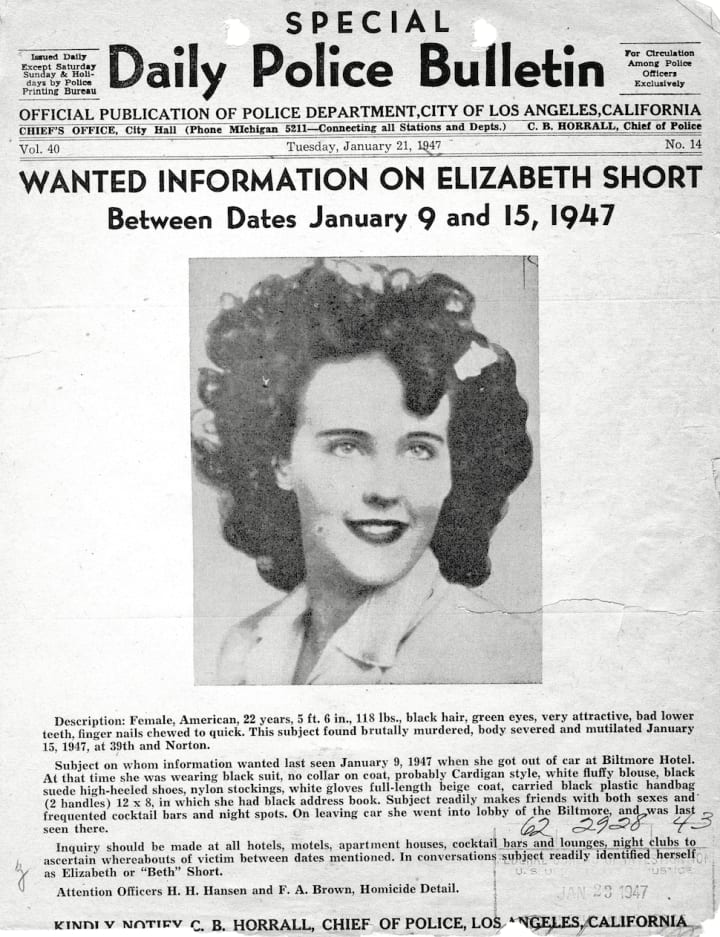
On the morning of January 15, 1947, a mother taking her child for a walk in a Los Angeles neighborhood stumbled upon a gruesome sight: the body of a young naked woman sliced clean in half at the waist.
The body was just a few feet from the sidewalk and posed in such a way that the mother reportedly thought it was a mannequin at first glance. Despite the extensive mutilation and cuts on the body, there wasn’t a drop of blood at the scene, indicating that the young woman had been killed elsewhere.

This case from 1947 remains one of Hollywood's most intriguing unsolved murders, and it's most gruesome. A 22-year-old actress named Elizabeth Short was found murdered in a vacant lot in Los Angeles, her body sliced in half and three-inch gashes cut into each corner of her mouth, giving her a creepy, clown smile better known as the Glasgow smile. During her autopsy, it was also noted that she suffered from strabismus, a condition in which your eyes don’t line up (crucifix eye). Elizabeth did not have this condition in life, which suggests that she had been hit in the head with such force that it caused her eyes to misalign.
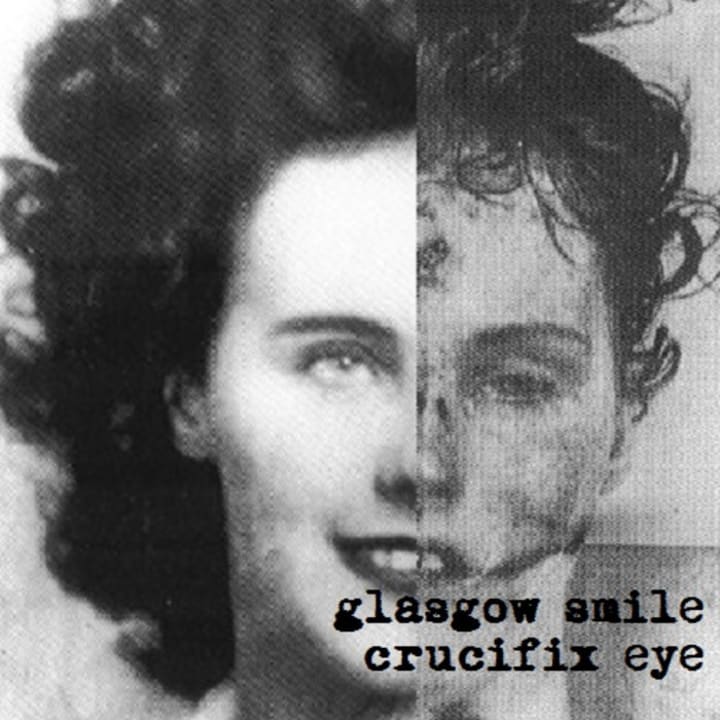
The mystery deepened as numerous people took credit for the crime (none of them were charged) and more tragic details unfolded about the victim, who got the nickname "Black Dahlia" ostensibly because she enjoyed stylish black dresses. A recent book, "Black Dahlia, Red Rose," claimed that one of the prime suspects, a bellhop and one-time mortician's assistant, who was interviewed and later released, may have been the real murderer. But so far, this case is far from closed.
The ensuing investigation was led by the L.A. Police Department. The FBI was asked to help, and it quickly identified the body—just 56 minutes, in fact, after getting blurred fingerprints via “Soundphoto” (a primitive fax machine used by news services) from Los Angeles.
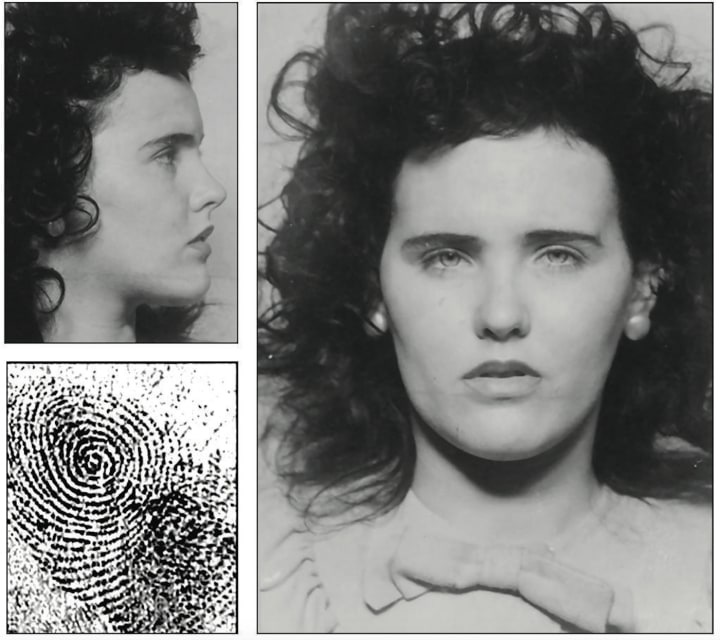
The young woman turned out to be a 22-year-old Hollywood hopeful named Elizabeth Short—later dubbed the “Black Dahlia” by the press for her rumored penchant for sheer black clothes and for the Blue Dahlia movie out at that time.
Short’s prints actually appeared twice in the FBI’s massive collection (more than 100 million were on file at the time)—first, because she had applied for a job as a clerk at the commissary of the Army’s Camp Cooke in California in January 1943; second, because she had been arrested by the Santa Barbara police for underage drinking seven months later. The Bureau also had her “mug shot” in its files and provided it to the press.
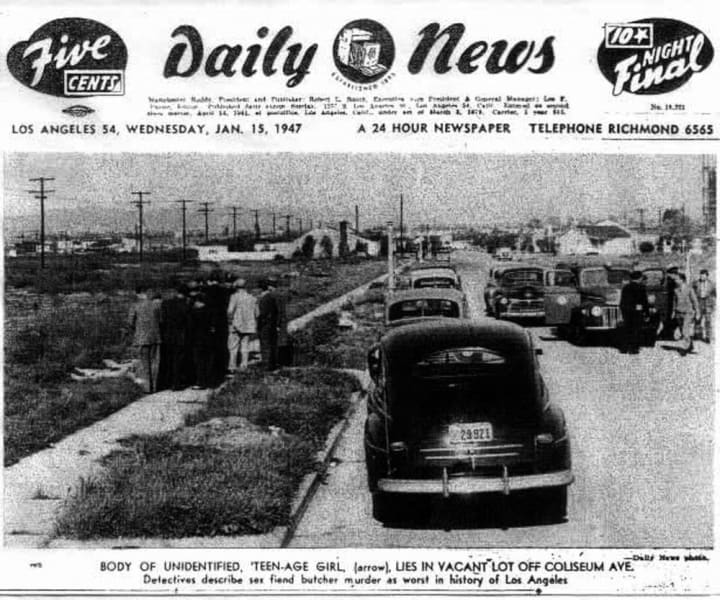
In support of L.A. police, the FBI ran records checks on potential suspects and conducted interviews across the nation. Based on early suspicions that the murderer may have had medical skills and was well educated in dissection because the body was so cleanly cut, agents were also asked to check out a group of students at the University of Southern California Medical School. And, in a tantalizing potential break in the case, the Bureau searched for a match to fingerprints found on an anonymous letter that may have been sent to authorities by the killer, but the prints weren’t in FBI files.
Who was Elizabeth Short?
A drifter. A prostitute. A loose woman. A lonely girl. A disillusioned girl seeking fame. All of these have been used to describe the quiet, pretty girl from Medson Massachusetts. In fact, Elizabeth Short was an attractive, ordinary girl with no special acting talent who decided she might want to be a movie star. This wasn't an unusual dream, many young girls then and now travel to Hollywood in search of their golden star.
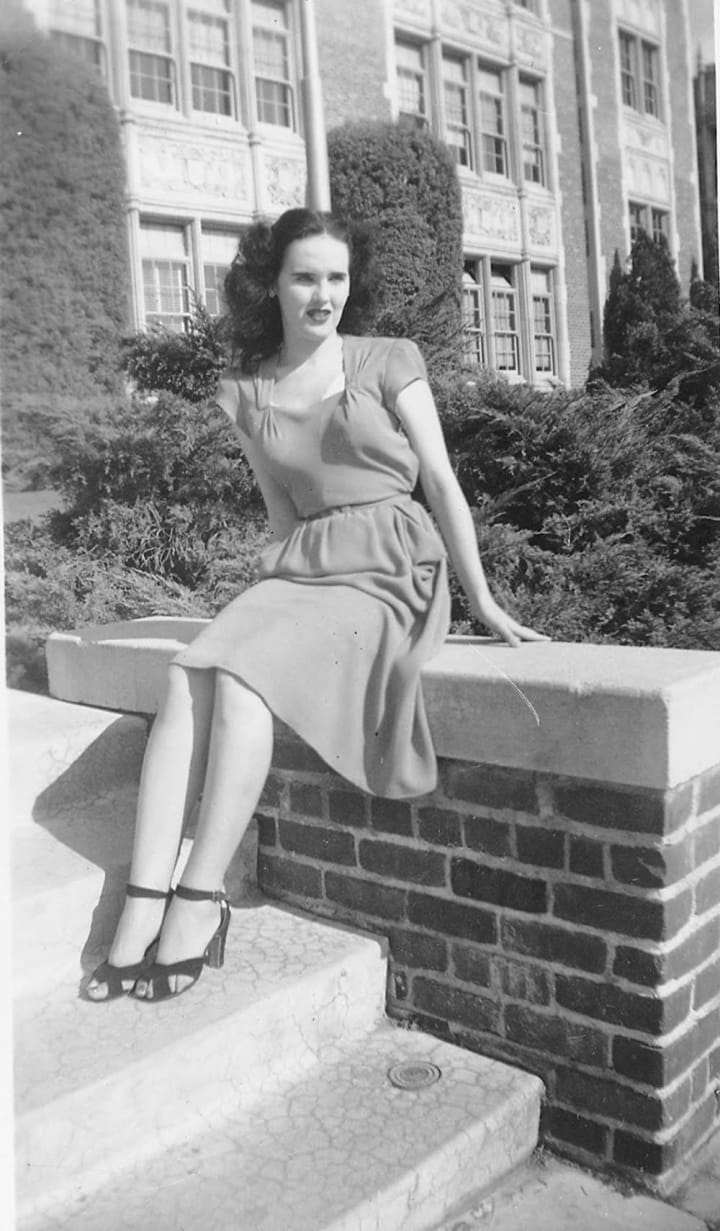
Elizabeth was a drifter for at least one to two years before she ended up in Los Angeles. She didn’t quite make it into the heart of Hollywood. She didn’t acquire a publicity agent or a manager. Short knew the value of her beauty and knew she embodied the feminine ideal of the 40s, with her meaty legs, full hips, and a small, up-turned nose.
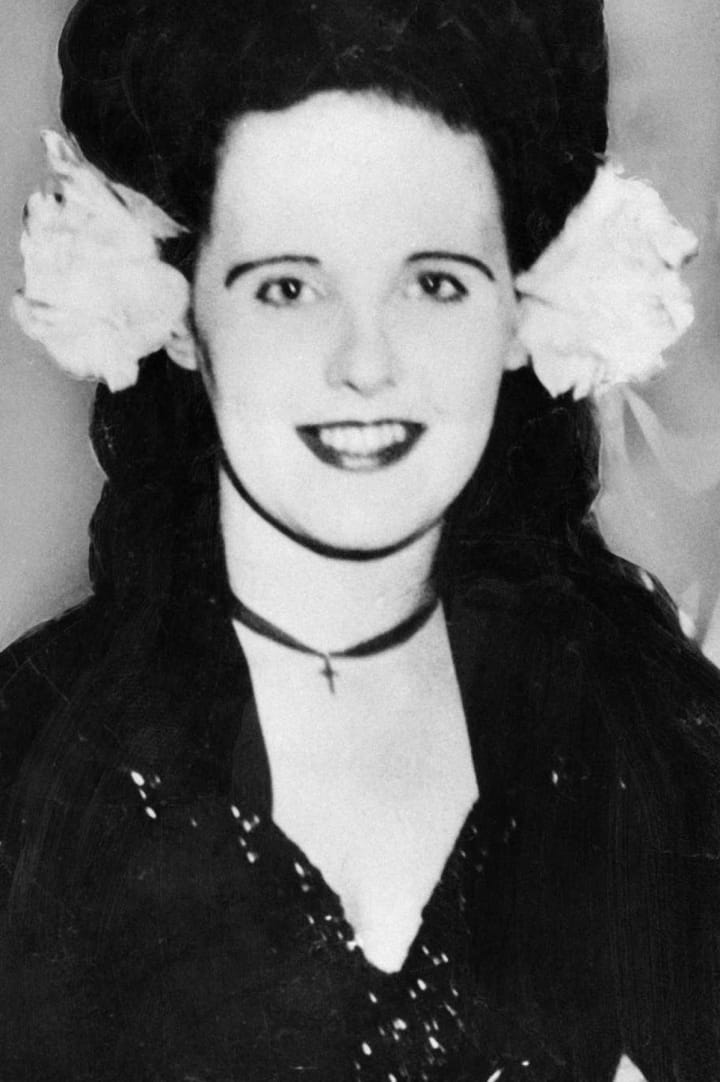
She was drama personified. She dyed her mousy brown locks raven black, painted her lips blood red, and pinned white flowers in her hair. With her alabaster skin and startling light blue eyes, she looked like a porcelain doll. As she sashayed down the sidewalk in peep-toed heels, she held her head high, primly aware of her effect on male passersby. They gawked, they whistled, they offered to buy dinner. Frequently, she accepted. They paid for her meals, bar tabs, rent, clothes but in return she seldom offered any “favors.” In fact, those who knew her the best admitted that Elizabeth was a rather shy and timid girl although she did enjoy the attention that she received from the gentlemen.
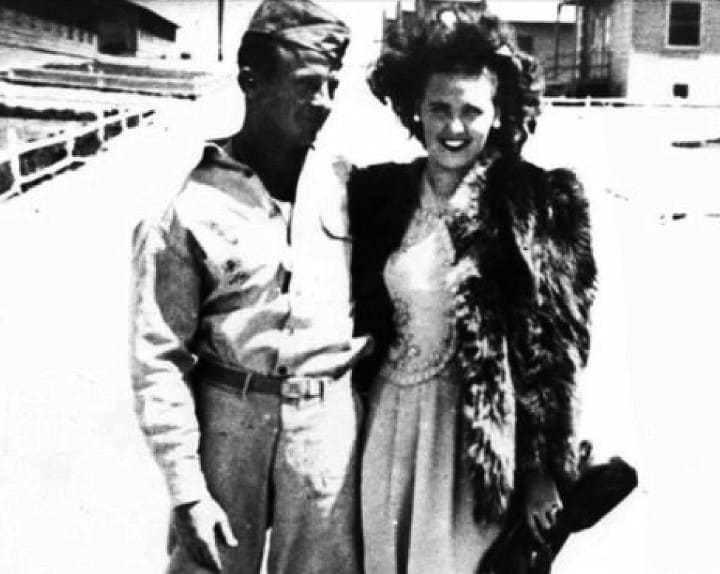
Matthew Gordon
One happy day Elizabeth met a U.S. Air Force pilot named Major Matt Gordon Jr. The two fell in love and were seen together constantly. They planned a future together, then Gordon was relocated overseas. Matt wrote to his sister that Elizabeth was someone he was seriously interested in and intended to marry once he returned home.
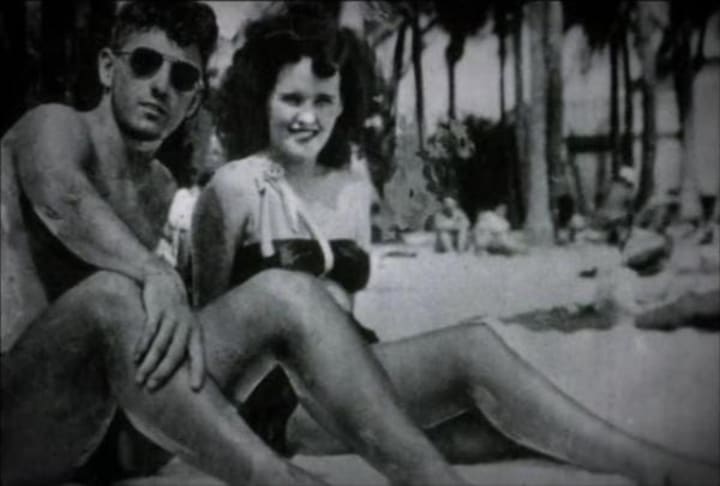
A few days after the war ended Elizabeth received a telegram from Matt’s mother explaining that he had been killed. Gordon was to be sent home and had even sent Elizabeth letters about his arrival. According to his mother - he was instead sent out to fly for one last mission and was killed.
“My sympathy is with you,” the telegram said. Short was devastated and never quite recovered from her fiancee’s death. Elizabeth's mother stated that she believed Matt to be her daughter's, first true love. Her close friends reported that after the news of Gordon's death, Elizabeth was never the same and began to spiral into drinking heavily.
It was even suggested that Matt Gordon was in fact alive and could have possibly been Elizabeth's killer as he was tremendously jealous of other men being anywhere near his beautiful fiancee. This was never proven, yet no evidence of his death ever surfaced either.
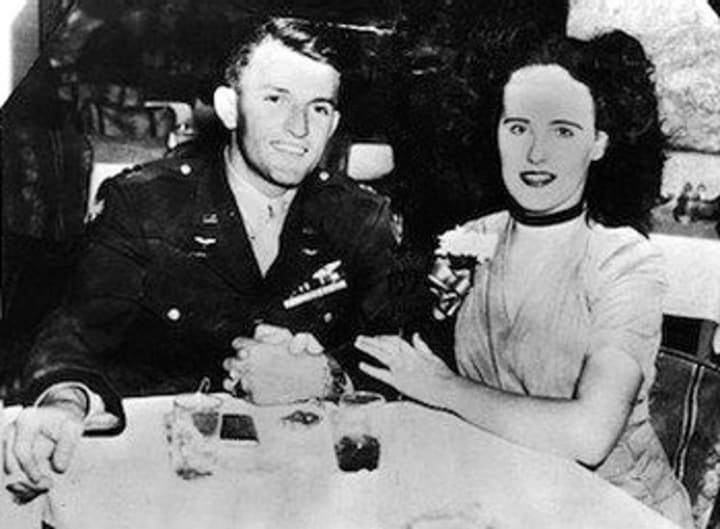
The Last Day
The day she met Red Manley was the beginning of the end, and a horrible end it would be. By now Short was living at the Biltmore Hotel. The Biltmore was exactly the sort of place Short loved to hang out in. It was as glamorous as she aspired to be, filled with wealthy travelers and luxuriously appointed. Built in the early 20s, it was the largest hotel west of Chicago, with 1,000 rooms. Its lobby was its centerpiece, featuring hand-painted cathedral ceilings, crystal chandeliers, and marble floors.
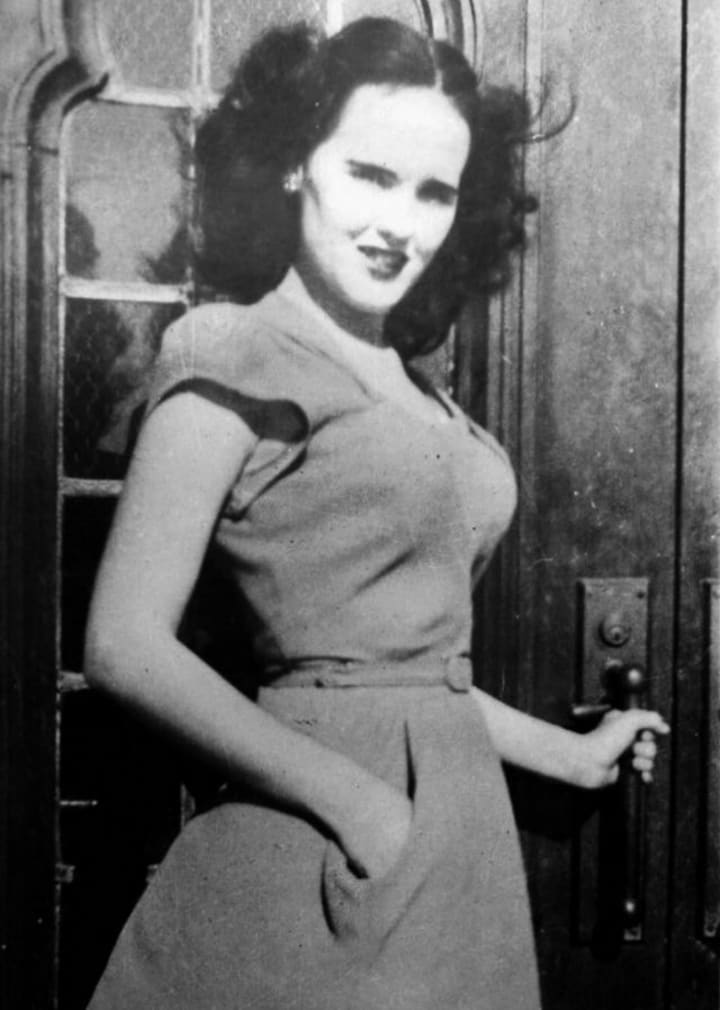
Red had paid Elizabeth's lunch and dinner after she admitted to him that she was broke. He later offered her a safe place to sleep that night. The pair stayed in a local motel but Short slept in her clothes and the pair didn’t have sex, he later told a reporter. The next day, January 9, he drove her to Los Angeles and helped her check her luggage at the bus station. She told him she was going to Berkeley to stay with her sister, whom she was meeting at the Biltmore hotel. Manley gave her a ride into Los Angeles, dropped her off at the Biltmore, and left.
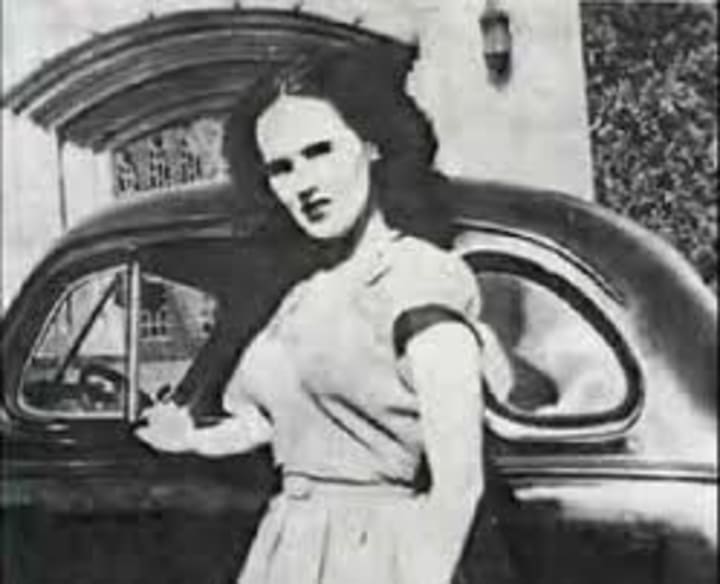
For her part, Short made several calls by telephone. Finally, bell captains saw her leave the hotel and head along Olive Street. This was the last time that Elizabeth Short was ever seen alive.
Investigators believe that she was kidnapped, raped, and tortured for days before ultimately being brutally killed. After being killed her body was drained of all blood and organs, then precisely cut in half.
Weeks later Elizabeths golden watch was found inside a public mailbox. The watch that her fiancee Matthew Gordon had given to her.
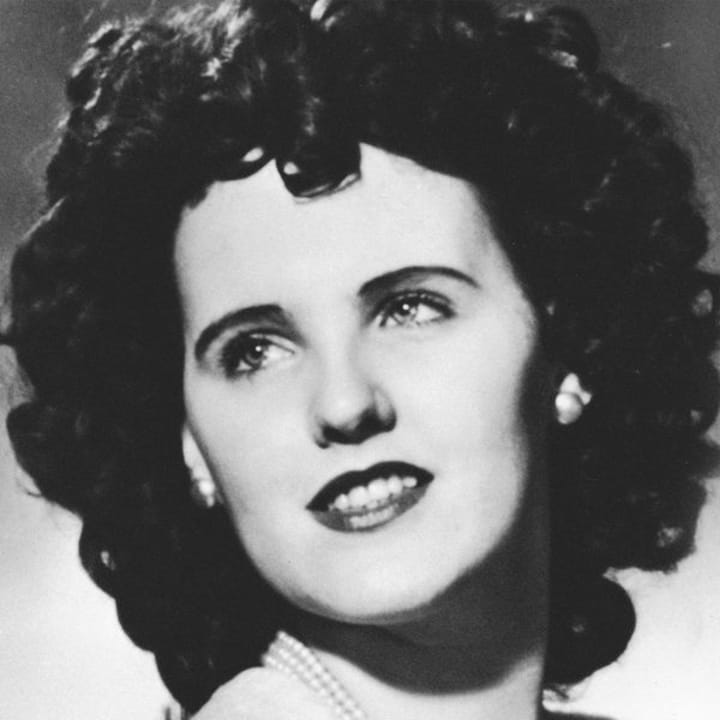
My thoughts
To me, Elizabeth Short used herself as a walking advertisement for beauty, not sex. She wanted to be discovered and she had even said that she had to move around and “be seen” for that to happen. The irony is that she was discovered, and that person made her more famous than most any other famous movie star has ever been.
I also fully believe that Matthew Gordon killed Elizabeth Short or at least had a hand in it.
1.He had an ali-bye (being away at war).
2.He and his mother faked his death so that Elizabeth would not expect to see him. (it was also said that his mother never liked or approved of the relationship.)
3. He had a motive (extreme jealousy) and seeing Elizabeth being dropped off at the motel by her friend Red Manley sent him over the edge.
4. Also, the military could have provided him with the medical experience needed to kill Elizabeth in such a brutal, yet well-choreographed manner.
5. After which he panicked and threw the watch that he had given to her into a nearby mailbox and escaped. Or maybe the gold watch was a clue that he left in mockery.
6. Nobody would suspect a dead man!
7. Yet, I also have to wonder why no proof of his demise was ever released.

About the Creator
Rebecca Lynn Ivey
I wield words to weave tales across genres, but my heart belongs to the shadows.
❤️Heart and subscribe!
💲Tips mean the world!
Enjoyed the story? Support the Creator.
Subscribe for free to receive all their stories in your feed. You could also pledge your support or give them a one-off tip, letting them know you appreciate their work.



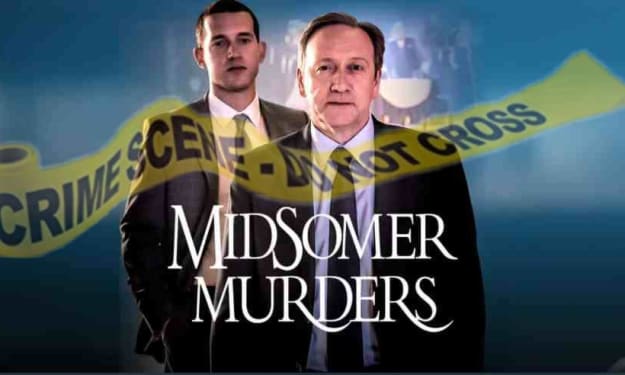
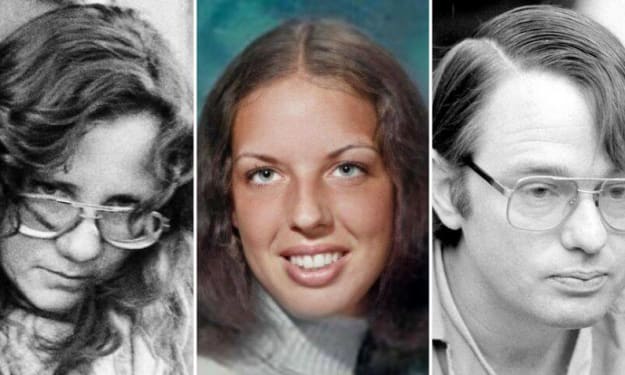


Comments
There are no comments for this story
Be the first to respond and start the conversation.